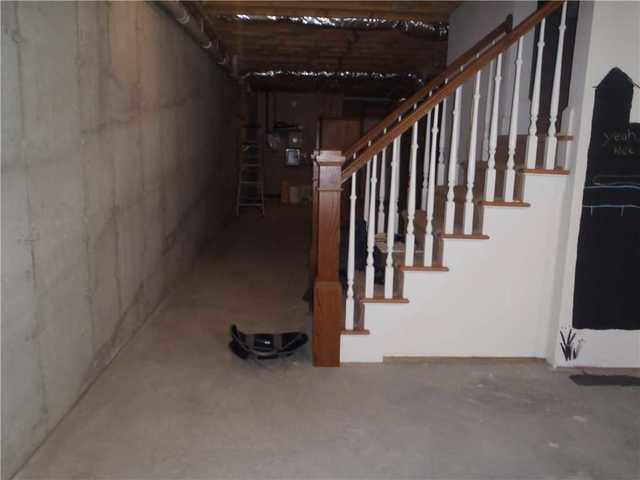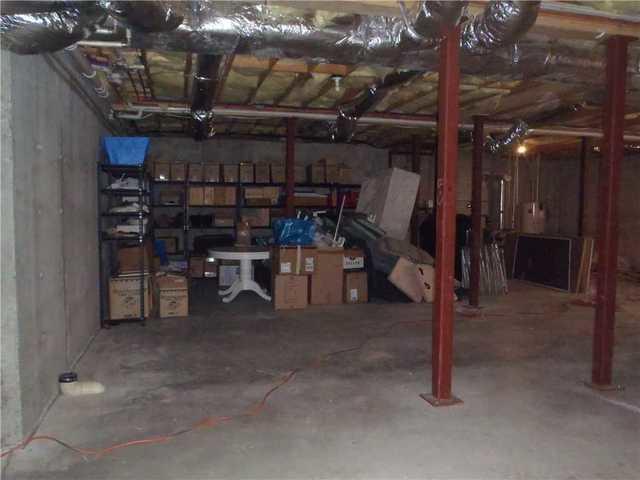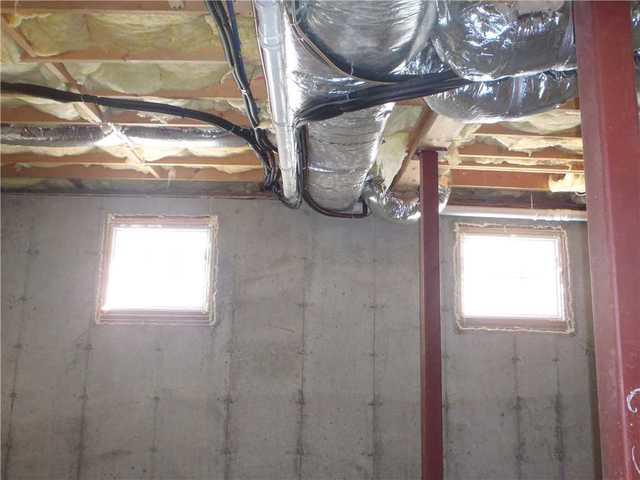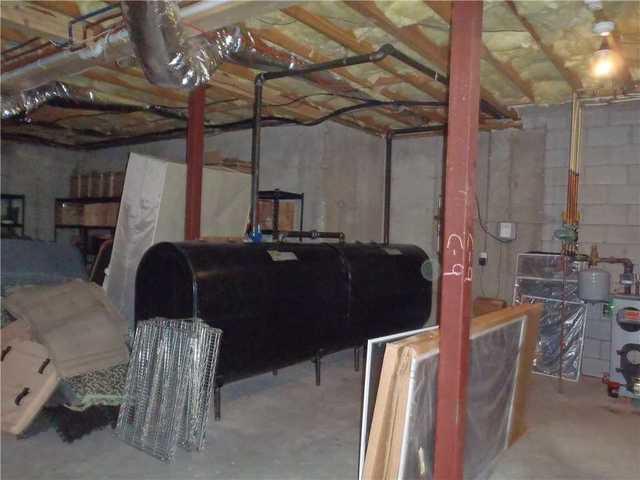
Rim Joist Insulation
The space where the basement wall meets the floor above, or the rim joist, is often a problem area for energy loss. Unconditioned, moist air is able to seep into the house through this space, even with fiberglass insulation. To ensure that the finished basement is a comfortable place to live in, our team needed to insulate the rim joists.

ThermalDry Insulated Floor Decking
it's important to install a basement subfloor that provides insulation value, along with resistance to mold and moisture damage. These qualities are critical because of basement conditions: moisture from the slab (or from other sources, like water leakage) that can lead to mold and wood rot, and heat loss through the slab that can make your finished floor uncomfortably cold. ThermalDry Insulated Floor Decking, installed by Connecticut Basement Systems, offers many advantages over traditional plywood subflooring.

MillCreek Flooring
MillCreek Flooring, which we installed in this home, uses a patented process that produces the textured grain of hardwood out of PVC, giving MillCreek Flooring the same look, feel and touch as a hardwood floor. This innovative product can be used in any environment, with no influence from humidity. This makes it ideal for the sometimes-damp environment found within a basement space.

Drop Ceiling
Total Basement Finishing's Drop Ceiling Tiles are made specifically for basement environments. Installing our drop ceiling system in your finished basement allows for easy access to utilities, wires, and pipes stored above the ceiling. Built for long-lasting beauty in your new space, these tiles are warranted to be non-sagging and mold resistant.

Support Posts
While support posts are necessary to help keep the house up, they would look out of place in a finished basement. Connecticut Basement Systems provides a bright, attractive, detailed column wrap to transform these unattractive poles into a sophisticated design choice.
